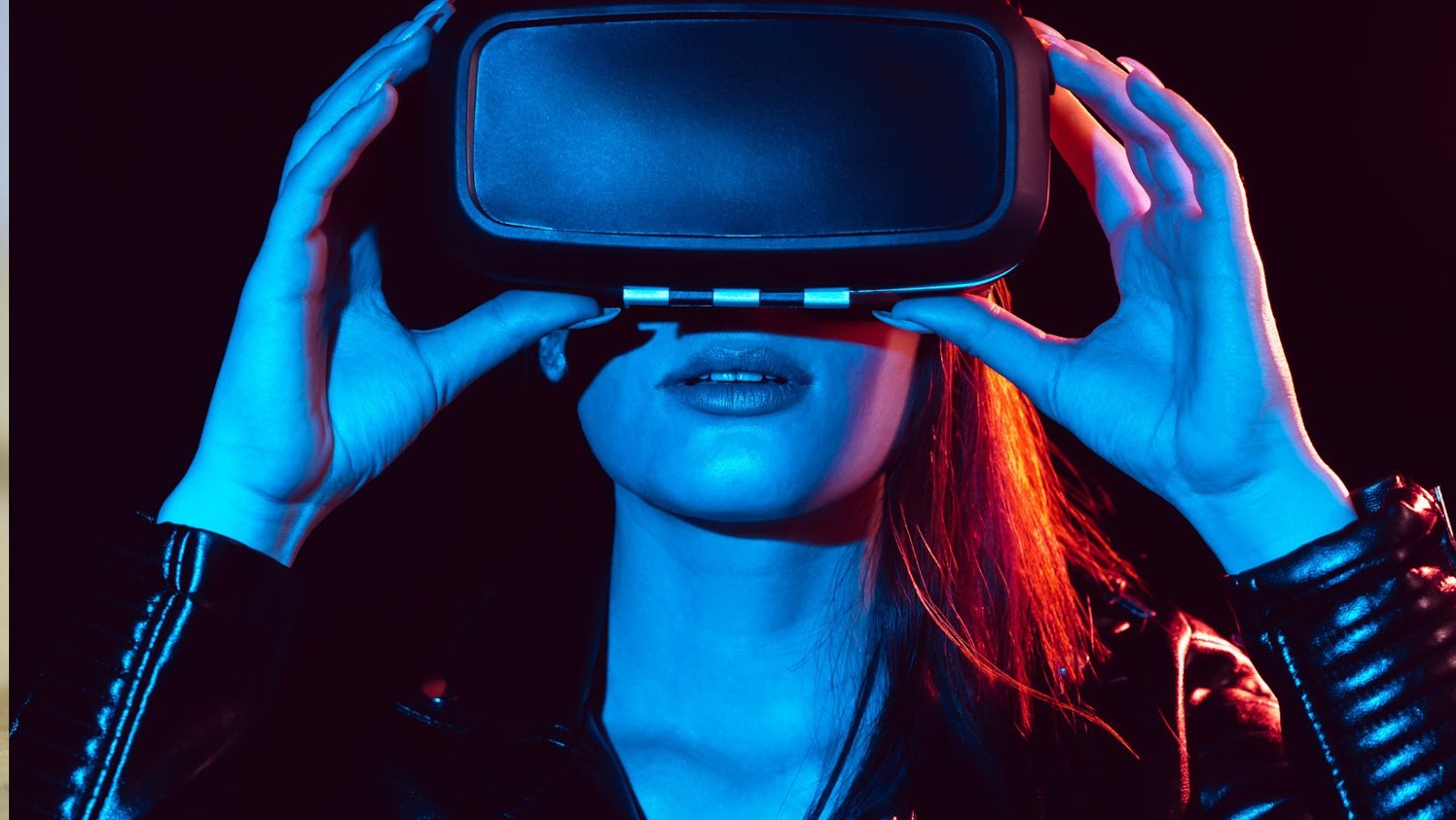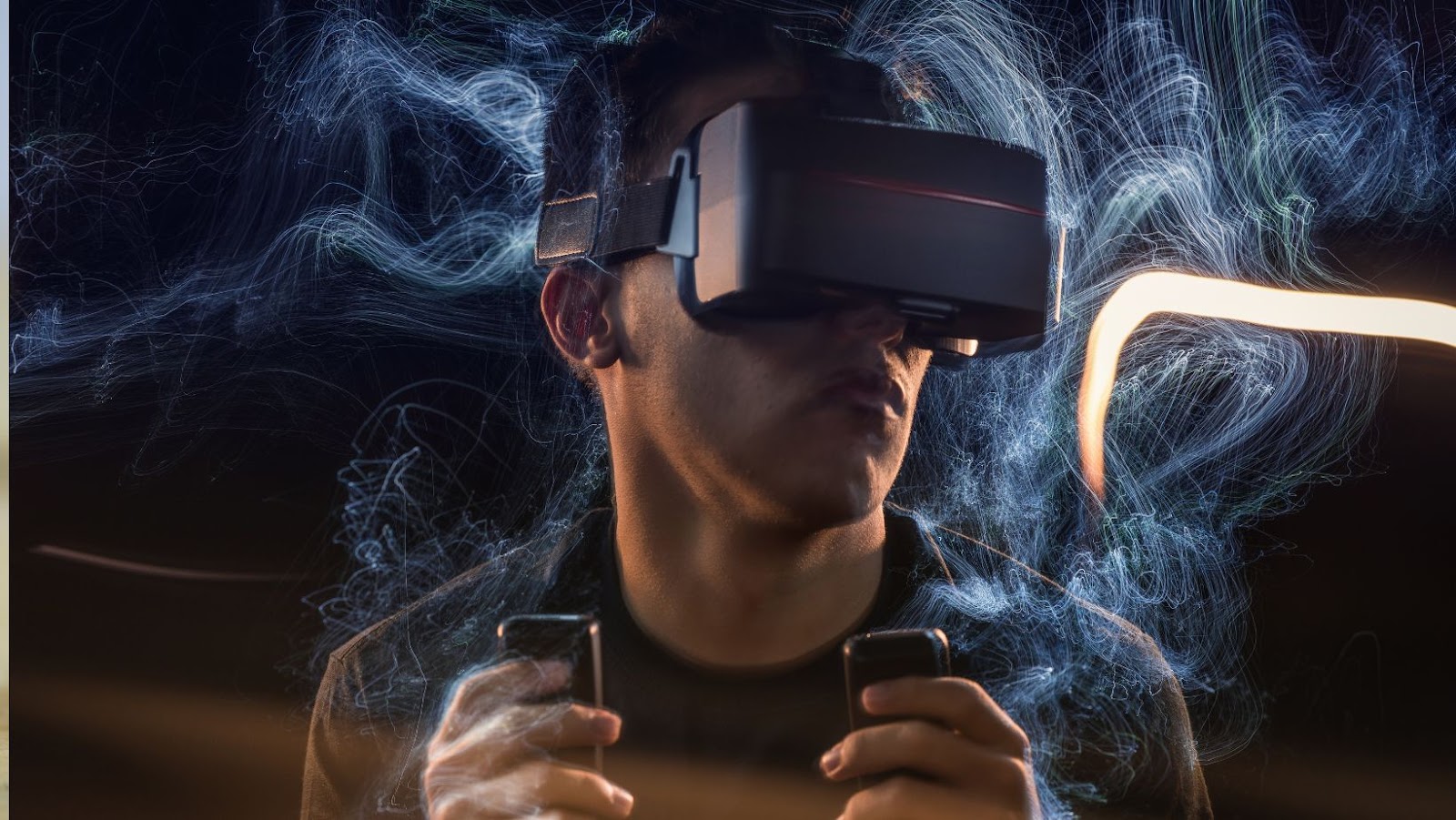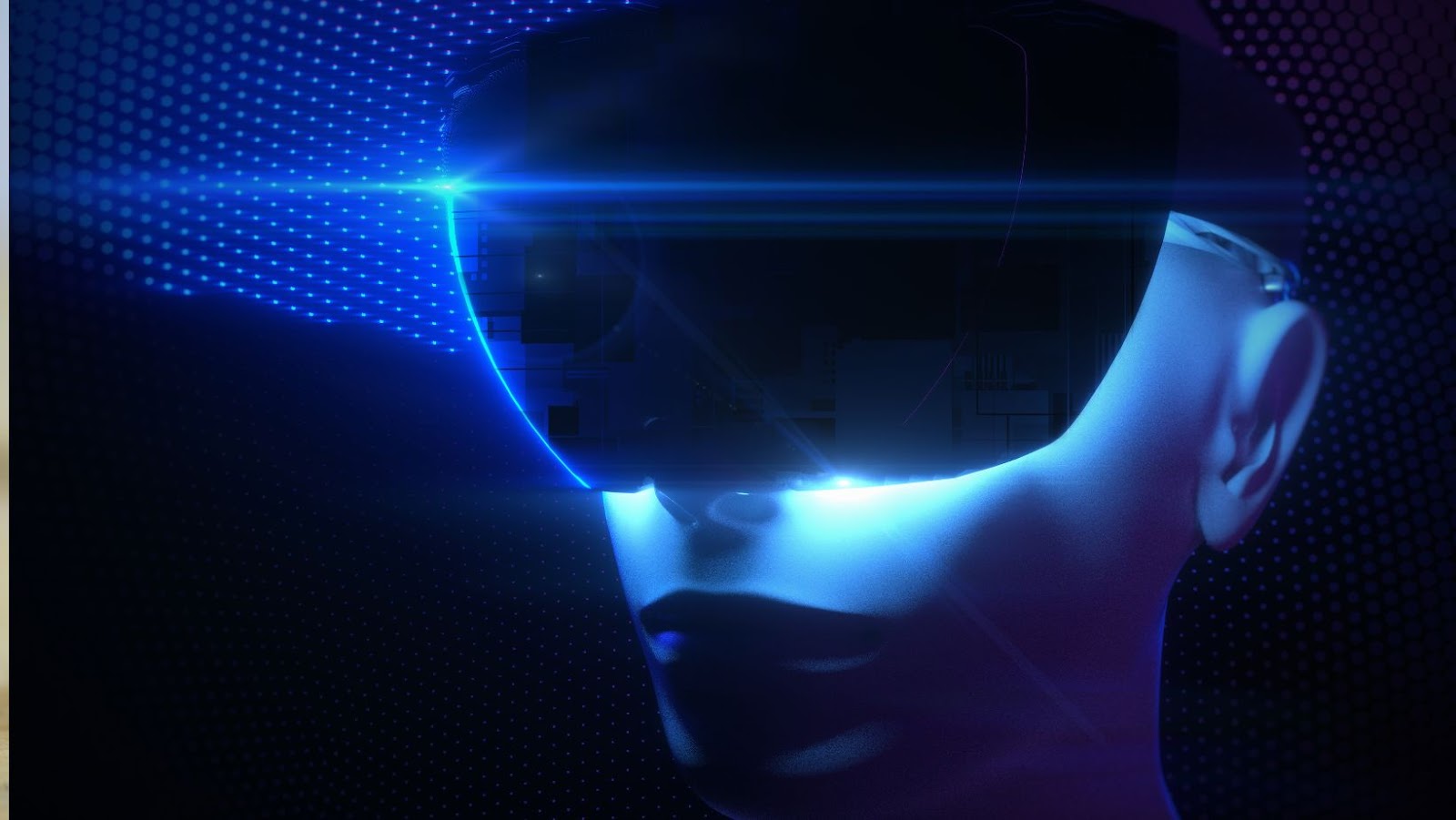 VR Accessories Set
VR Accessories Set
A conventional VR accessories set contains myriad essential components. These include the VR headset, which acts as the window to the virtual world. For instance, popular models such as the Oculus Rift or HTC Vive provide the user with high-resolution, wide-field-of-view displays. Input devices, among them handheld controllers or gloves, are indispensable for interacting within the virtual environment.
In addition, haptic devices provide tactile feedback, enriching the virtual experience. Examples of these are vests or suits that allow for sensations like heat, wind, and impact. Lastly, motion sensors are critical in tracking the movement of the user in the physical space and translating it into virtual motion. Notable products include the PlayStation VR’s PS Move or the Oculus Quest’s integrated tracking system.
The importance of each element varies, yet they collectively contribute to the VR experience. VR headsets serve as the lifeline to the virtual world, providing a convincing visual representation. Input devices, like controllers or gloves, bridge the physical-virtual gap, allowing users to engage with VR content.
Simultaneously, haptic devices enhance sensory perception by simulating real-world sensations. Last but not least, motion sensors play a pivotal role in rendering the users’ movements in the virtual realities, enhancing the sense of presence and immersion. The amalgamation of these components creates a comprehensive and immersive VR experience, thereby reinforcing the relevance of a tailored VR accessories set.
 How VR Accessories Enhance Your Gaming Experience
How VR Accessories Enhance Your Gaming Experience
Virtual reality (VR) proves transformative with the right accessories, primarily enhancing one’s gaming experience beyond measure. Dominant components such as VR headsets, controllers, haptic devices, and motion sensors intensify this immersive journey into the digital realm.
The VR headset often forms the foundation of a VR accessories set. Acting as the player’s eyes within virtual reality, it delivers high-resolution, stereoscopic 3D graphics, stretching them across a wide field of view. E.g., Headsets like the Oculus Rift or HTC Vive come with built-in screens, offering a resolution of 1080×1200 per eye. The headset’s essential role lies in convincingly convincing your brain that you’ve entered a different environment, substituting virtual visuals for your natural surroundings. The more realistic the visuals, the more immersive your VR experience becomes, adding depth to the gaming experience.
Primarily, VR controllers act as your virtual hands, offering an array of actions such as grabbing, pulling, throwing, and shooting. Specific VR controllers, like the Oculus Touch or the Valve Index Controllers, even simulate the presence of individual fingers for more intricate hand movements, showcasing the nuances of real-world hand movements. Controllers bridge the gap between the physical and virtual world, offering you agency in your virtual environment. They contribute to the immersion by encouraging natural, instinctive interaction with VR, drastically improving player comfort and overall engagement.
 The Future of VR Accessories
The Future of VR Accessories
The forthcoming evolution in VR accessories promises to enhance users’ immersive experiences dramatically. From predictive improvements to current hardware to entirely new innovations, the next generation of VR tech is poised to redefine virtual exploration.
Recently, industry leaders have pushed technological boundaries, bringing groundbreaking advancements to the VR accessories market. Haptic feedback gloves, for instance, take interaction within VR spaces to new dimensions. By mirroring physical sensations in the digital realm, users can touch, feel, and manipulate digital objects, creating a more immersive VR experience.
Moreover, advancements in wireless VR headsets are emerging, effectively eliminating physical restrictions imposed by wired versions. This development represents substantial progress, as now users can move freely within their VR environment, unlocking new levels of immersion and potentially multiple, interconnected layers of reality.
As VR technology evolves, predictions for next-generation accessories see an incorporation of AI advancements. AI integration could customize VR experiences to individual users by learning user preferences and adjusting environments accordingly. Additionally, Brain-Computer Interfaces (BCIs) are a proposed innovation — this technology would interpret brain signals and use them as inputs in VR environments, allowing users to manipulate virtual worlds using intentional thought alone.
Further, a move towards more comprehensive VR accessory sets, with specialized components for different applications (such as sports, art, education, etc.), envisages a more holistic and customized VR experience for end-users.